Mastering Russian Soups Beyond Borscht
11 min read Explore diverse Russian soups beyond Borscht, uncovering rich flavors and cultural traditions in classic and modern recipes. August 07, 2025 09:05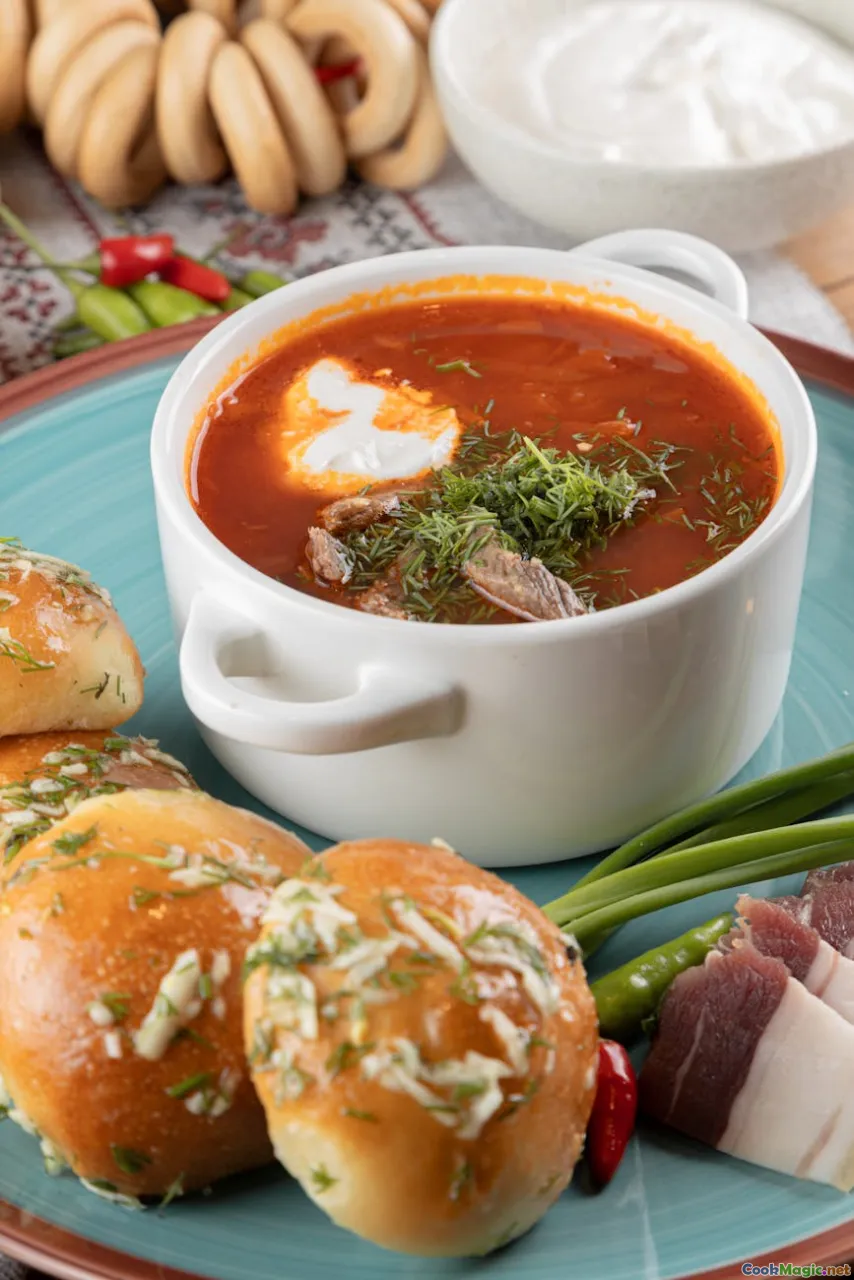
Mastering Russian Soups Beyond Borscht
There’s an undeniable magic in Russian cuisine that begins with its soul-warming bowls of soup. Most familiar outside Russia is Borscht – the lush, ruby-red beetroot concoction that evokes home and hearth. Yet, beneath this beloved centerpiece lies a rich tapestry of lesser-known soups that carry tales of ancient Slavic traditions, regional identities, and personal culinary mastery. Embarking on the journey beyond Borscht opens a portal into the diverse heart of Russian culinary heritage—where earthy roots, fragrant herbs, and hearty broths come together in a symphony of flavors.
The Cultural Significance of Russian Soups
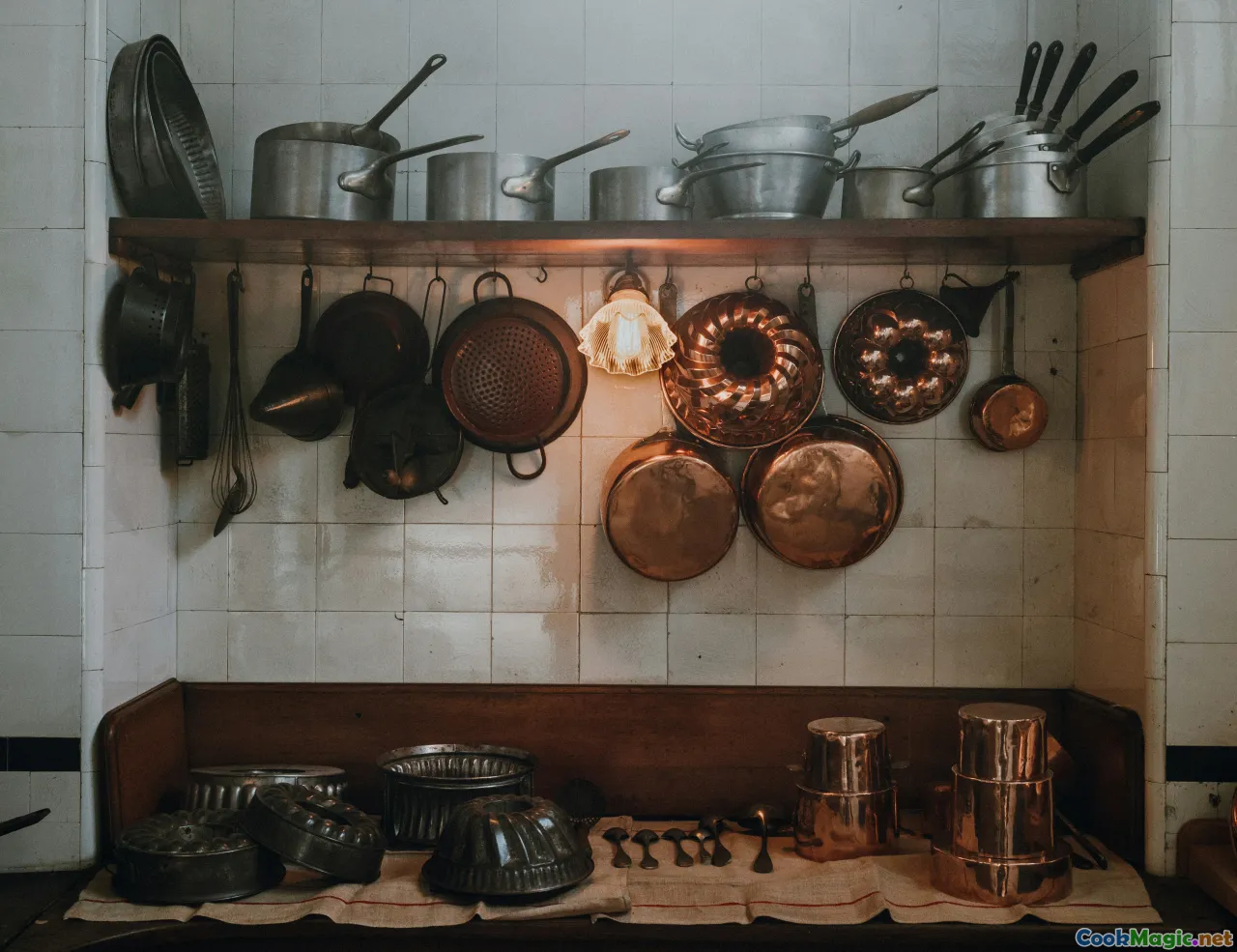
Russian soups are more than mere sustenance; they are stories simmered over centuries, woven into the fabric of daily life. In Russian households, especially in rural villages and old city kitchens, preparing a meal begins with a pot of broth that embodies warmth, hospitality, and community.
Historically, soups like Shchi and Solyanka were dishes of resilience—created from preserved ingredients, fermented vegetables, and hardy meats to withstand harsh winters. They serve as anchors of cultural identity, linked to seasonal cycles, local ingredients, and regional dialects. An essential part of any Russian feast, these soups evoke memories of fireside conversations, village festivals, and family rituals.
Exploring Traditional Gems: Beyond Borscht
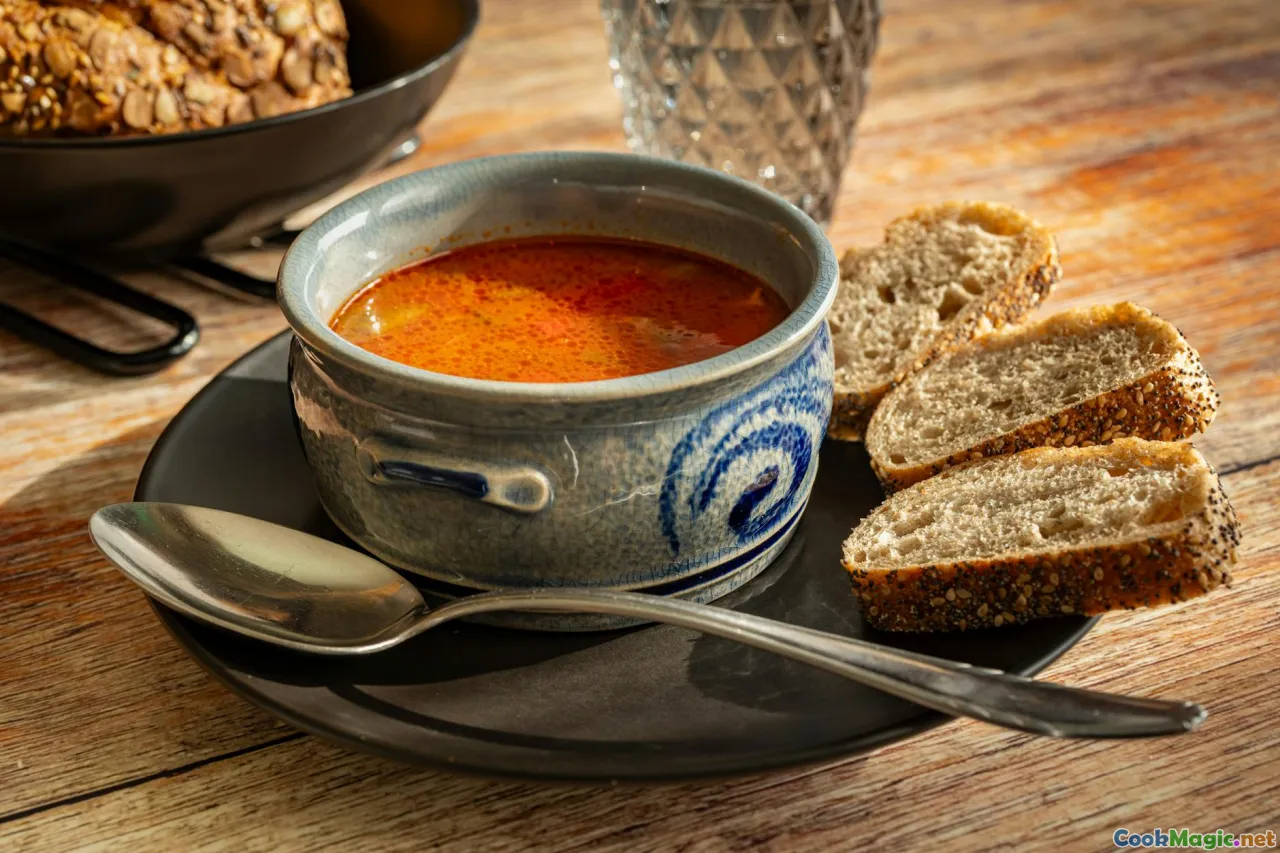
While Borscht often takes center stage internationally, other Russian soups deserve appreciation for their flavors, textures, and historical depth. Here, we explore several of these treasured recipes, offering insights into their origins and ways to master them.
Shchi: The Elder’s Harvest
Shchi, a sacred dish dating back over a millennium, is Russia’s quintessential cabbage soup. Its variations depend on the season; fresh in spring, sour in winter.
Ingredients:
- Cabbage (fresh or sauerkraut for sourness)
- Potatoes
- Carrots
- Onions
- Smoked meats or pork ribs
- Bay leaves, dill, black peppercorns
**Preparation:**Begin by simmering smoked meat to create a rich, smoky broth—this forms the core flavor. Add chopped potatoes and carrots, cooking until tender. Incorporate chopped cabbage—can be fresh or fermented—letting it meld for a deep, tangy taste characteristic of winter shchi. Finish with chopped dill and a dash of black pepper.Sensory notes: The aroma of simmering dill intermingling with smoky meat invites comfort; the texture combines hearty tenderness with crisp cabbage that retains a slight crunch.
Dive into variations such as berry-infused sour shchi or those with wild herbs gathered from Russian forests, elevating the humble cabbage into a nuanced, soulful dish.

Solyanka: The Spicy, Tangy Conqueror
Solyanka has a uniquely bold personality—salty, sour, spicy, and savory all at once. Originally from the north, it’s the soup of fishermen and sailors, hearty enough to fuel rugged work.
Ingredients:
- Assorted meats (smoked sausage, ham, beef)
- Olives
- Pickles
- Capers
- Tomatoes
- Onions
- Lemon slices
- Sour cream for serving
Preparation: Start with a rich meat broth, adding diced smoked meats and vegetables. Incorporate chopped pickles, olives, and capers to provide that signature tang and brininess. Simmer until all flavors meld—then add slices of lemon to brighten the acidity.
To serve, ladle the hot, harken-hot soup into bowls, topped with a dollop of sour cream and fresh herbs. It’s a complex dance of flavors—smoky, briny, with a citrus lift.

Ukha: The Fisherman’s Delight
Ukha is Russia’s answer to a fresh, clear fish broth—simple yet elegant. Traditionally prepared with freshwater fish like pike or perch from Russia’s lakes.
Ingredients:
- Fresh fish fillets or whole fish
- Onions
- Carrots
- Bay leaves
- Dill
- Lemon slices
**Preparation:**Bring water or fish stock to a boil, adding fish bones, onions, and carrots for a aromatic base. After simmering, strain out solids, returning the clear broth to a gentle boil. Add fish fillets, cooking until tender. Finish with chopped dill and lemon to enhance freshness.Sensory notes: The broth exudes a delicate, mineral-rich aroma with a hint of fenugreek-like earthiness from fresh dill—perfect for brunch or a light supper.
Rassolnik: The Pickle Soup
A dish born from the necessity to make hearty out of humble ingredients, Rassolnik features pickled cucumbers, giving it an unmistakable tang.
Ingredients:
- Beef or chicken kidney soup
- Pickled cucumbers
- Potatoes
- Onions
- Barley or rice
- Dill
**Preparation:**Cook diced meat with barley, carrots, and onions. Chop pickles and add near the end of cooking—bring out their sour, crunchy goodness. Finish with fresh dill and serve hot.Tip: For an added depth, include preserved mushroom broth or a splash of brine for intensified flavor.
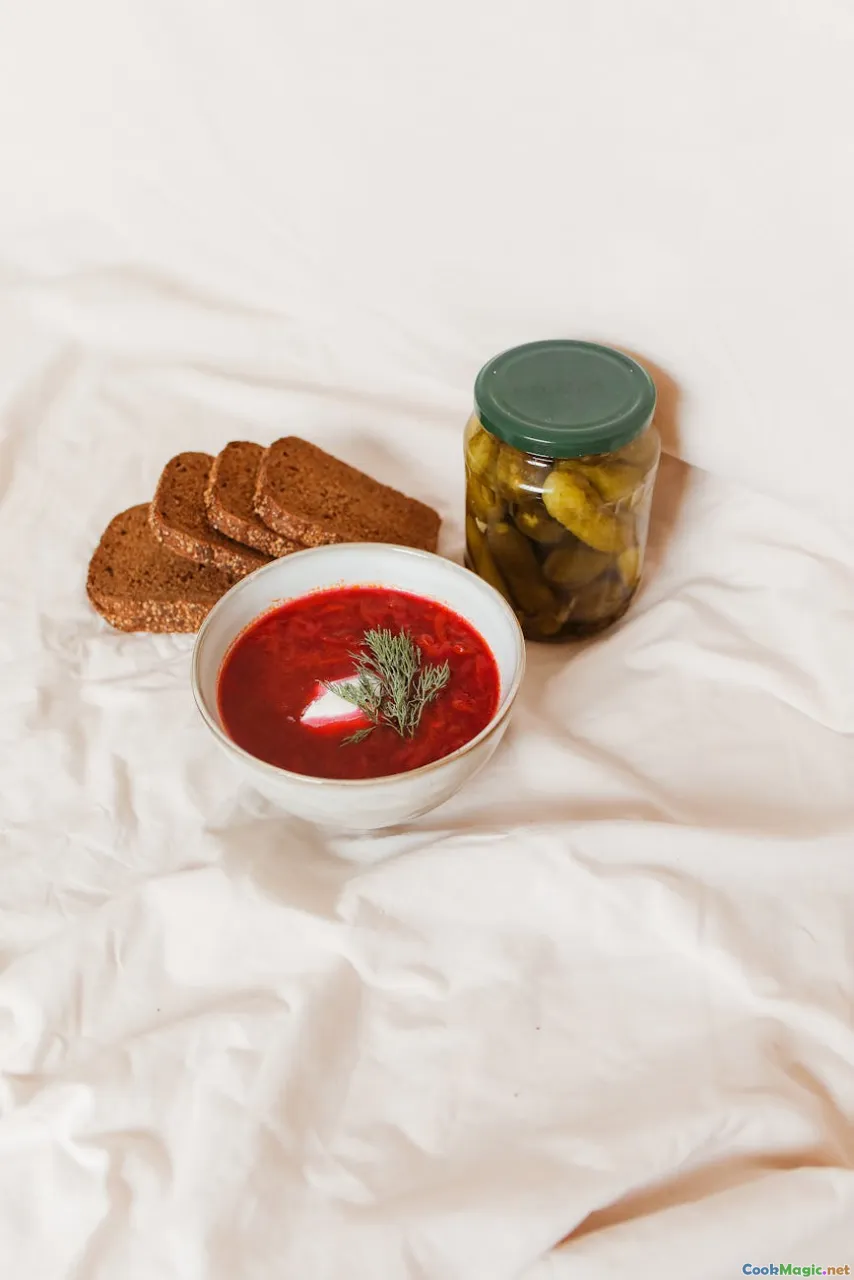
Modern Takes and Regional Flavors

Great Russian cuisine continually reinvents itself, embracing global influences while respecting traditional roots. Chefs daring to experiment with these classics often introduce subtle twists: smoky paprika in shchi, Asian herbs in Ukha, or vegan adaptations using fermented vegetables.
For example, a contemporary café in Moscow might serve a vegan version of Solyanka utilizing seitan and miso-infused broth, appealing to a new generation of food enthusiasts. Meanwhile, Siberian regions might elevate their local fish soups with wild herbs and berries, adding a distinctly regional identity.
Tips for Perfecting Russian Soups

- Invest in Quality Stock: Many Russian soups rely on rich, slow-simmered broths. Bone-in meats, fish carcasses, and fermented vegetables create depth.
- Use Fresh Herbs: Dill, parsley, and bay leaves are essential; add at the end to preserve their vibrancy.
- Balance Flavors: Combine salty, sour, and aromatic elements intentionally—think pickles, lemon, and smoked meats.
- Regional Variations: Don’t be afraid to adapt based on available ingredients; each region has unique produce and traditions.
- Serve with Love: Accompany soups with fresh rye bread, sour cream, or pickled vegetables for a truly authentic experience.
Personal Reflections and Cultural Tales
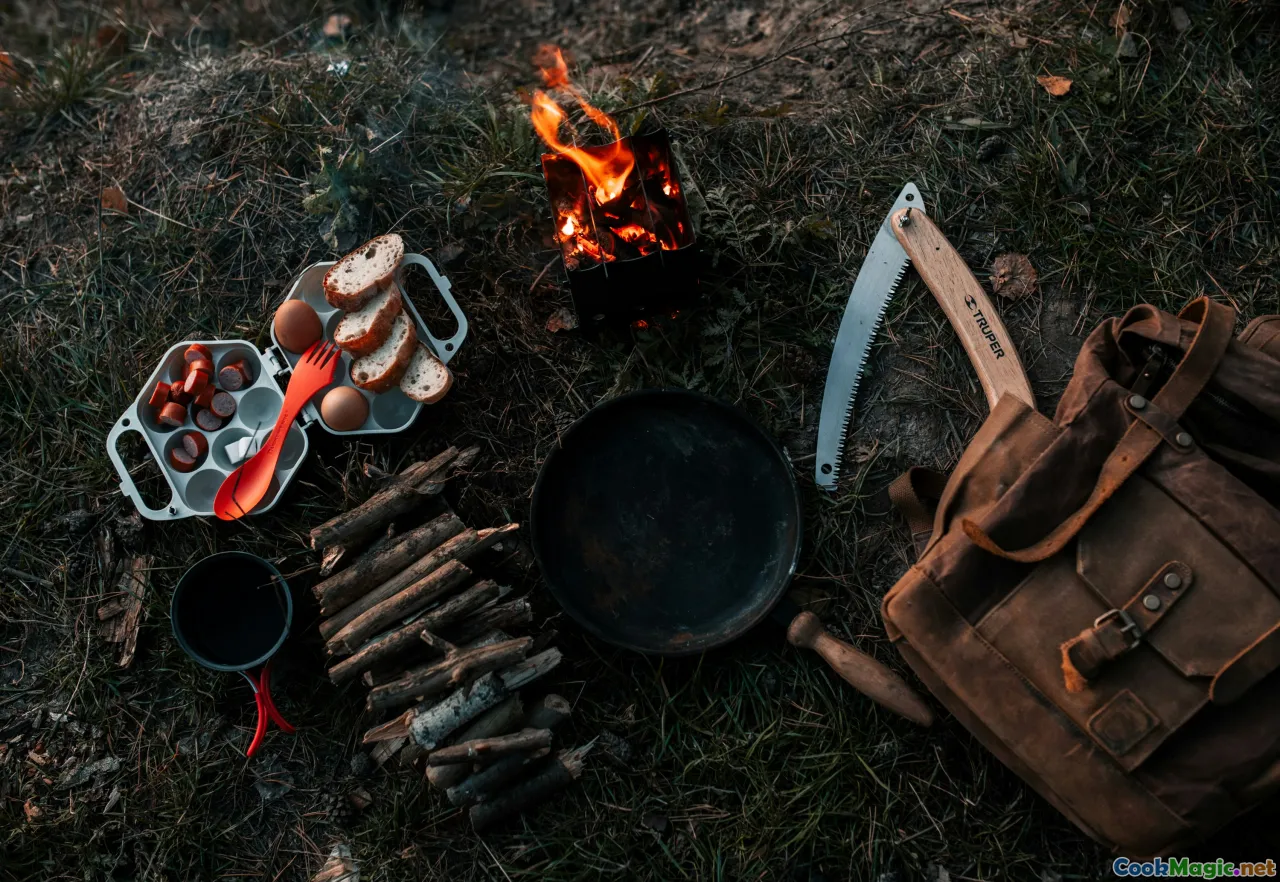
My own journeys through Russia have etched these soups into my culinary memory. Sitting around a peasant’s table in the Volga region, the Shchi was thick with wild herbs and a story about ancestors who fortified themselves against winter’s grip with fermented cabbage and hearty meats. A midnight gathering in St. Petersburg brought forth Solyanka with a lively, spicy kick that seemed to stitch friends close through its jovial, briny notes. Each spoonful was a taste of resilience, love, and history.
Russian soups are more than nourishment—they are vessels of tradition, joy, and perseverance. Mastering them is an act of honoring centuries of culinary storytelling, turning humble ingredients into expressions of cultural identity.
Just as each season shapes the landscape, recipes adapt and evolve—so embrace the challenge, experiment with regional twists, and bring your own story to the simmering pot. In doing so, you carry forward a rich legacy and keep the warmth of Russian tradition alive—one bowl at a time.









